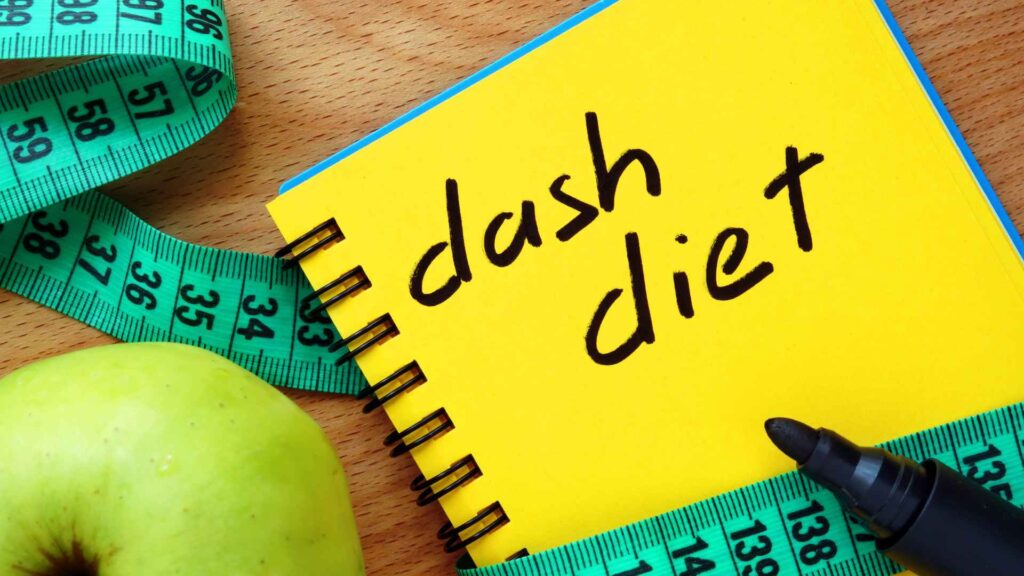Discover comprehensive information for all aspects of sexual health and find resources and guidance to empower your sexual well-being.
Prostate health is a critical concern for men, especially as they age. The prostate gland…
Discover comprehensive information for all aspects of sexual health and find resources and guidance to empower your sexual well-being.
Prostate health is a critical concern for men, especially as they age. The prostate gland…
The International Society for the Study of Women’s Sexual Health describes Hypoactive sexual desire disorder…
Erectile dysfunction (ED) is a condition that many men face at some point in their…
Painful erections never indicate normalcy, and sometimes signal a medical emergency. Severe pain may necessitate…
The underlying cause as well as the severity of pain determine the varied treatment approaches…
Erectile dysfunction (ED) is a common condition affecting men, often characterized by the inability to…
Commitment issues can often manifest in romantic relationships, work, and other personal or professional spheres.…
Researchers created the DASH diet after discovering that people who consume an herbal diet, including vegans and vegetarians, have much lower incidences of high blood pressure. The DASH diet focuses on fruit, whole grains, vegetables, and meats.
Table of Contents
ToggleDietary Approach to Stop Hypertension or DASH strategies is a diet for people who want to avoid or treat high blood pressure and reduce their risk of heart disease.
That is why the DASH diet emphasizes fruits and vegetables and incorporates some lean protein sources like chicken, fish, and beans.
This diet is low in red meat, salt, added sugars, and fat.
Scientists believe that one of the main reasons people with high blood pressure can benefit from this diet is because it reduces salt intake.
The DASH Diet serves as a nutritional strategy for avoiding and treating high blood pressure. It requires avoiding foods high in sodium, which means skipping the processed foods typically purchased.
The DASH diet offers several potential benefits:
The DASH diet has been shown to significantly reduce blood pressure in both healthy individuals and those with hypertension.
Trials conducted by the National Heart, Lung, and Blood Institute have demonstrated decreased blood pressure with a diet low in saturated fat and cholesterol, high in fruits and vegetables, low-fat dairy products, whole grains, fish, and poultry.
Although weight loss is not the primary goal, it can be a positive outcome of the DASH diet due to its basis on a daily calorie limit of 2000 calories.
In addition to its impact on blood pressure and weight, the DASH diet may also influence other areas of health:
Many of these protective effects are attributed to the high content of fruits and vegetables in the diet. Overall, increasing the consumption of fruits and vegetables can help reduce the risk of various diseases.

Here’s a sample menu for one week:
Related: The Mayo Clinic Diet
The DASH diet may be an easy and effective method for lowering blood pressure. However, it’s essential to note that while reducing daily salt intake to 3/4 teaspoon (1,500 mg) or less can lower blood pressure, it hasn’t been conclusively linked to concrete health benefits like a reduced risk of heart disease.
Additionally, this diet closely resembles the standard low-fat diet, which controlled trials haven’t proven to reduce the risk of death from heart disease.
For healthy individuals, there may be little incentive to adopt the DASH diet. However, if you have high blood pressure or suspect you’re salt-sensitive, this diet could be a beneficial choice for you.
References
Dr. Nishtha, a medical doctor holding both an MBBS and an MD in Biochemistry, possesses a profound passion for nutrition and wellness. Her personal journey, marked by significant struggles with physical and mental health, has endowed her with a unique empathy and insight into the challenges countless individuals face. Driven by her own experiences, she leverages her background to offer practical, evidence-backed guidance, empowering others on their paths to achieving holistic well-being. Dr. Nishtha truly believes in the interconnectedness of the mind and body. She emphasizes the significance of understanding this connection as a crucial stride toward attaining balance and happiness in life.

